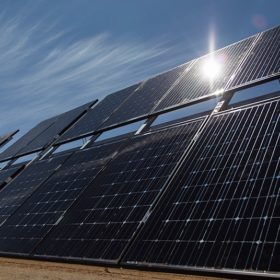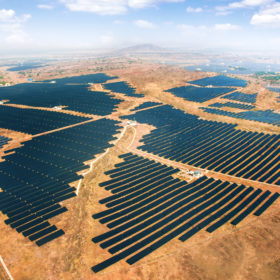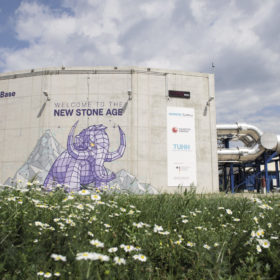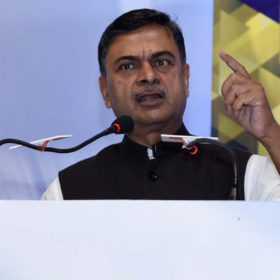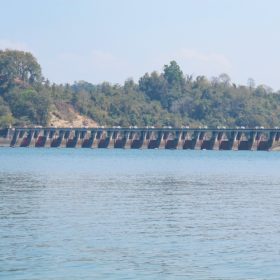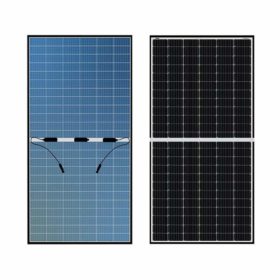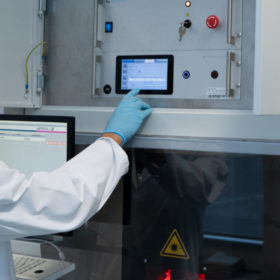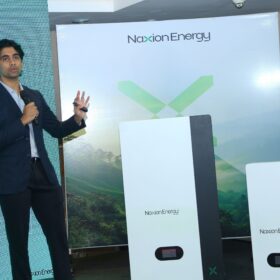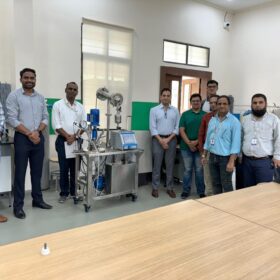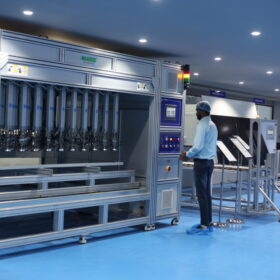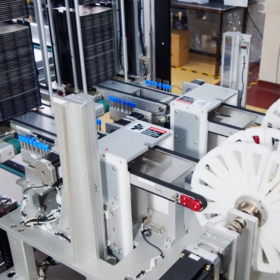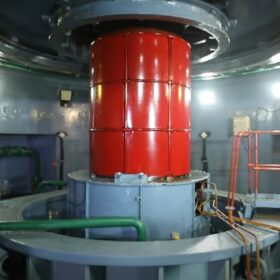Central Electronics Limited seeks EPC contractors for 200 MW solar
Installers have until September 10 to apply for getting enlisted with Central Electronics Limited (CEL) to carry out the work for grid-connected, ground-mount solar plants. The plants are to be set up in sizes of 2 MW to 10 MW.
ArcelorMittal planning solar investment in Rajasthan and Gujarat
The UK-headquartered steel major is mulling to set up a 4.5 GW solar park in Rajasthan with an investment of INR 19,000 crore. It also plans to invest in Gujarat’s solar energy, wind energy, and hydrogen gas production sectors.
The long read: Hot thermal energy storage hopes
Thermal energy storage is dense, efficient, and suitable for greenfield and brownfield projects, with a potentially long lifespan. It can also be built with recyclable or low-impact storage materials. So why is it taking so long to achieve widespread commercial success? Tristan Rayner explores the latest developments.
JinkoSolar unveils details of its TopCon 620W bifacial solar panel
The Tiger Neo panel has a power conversion efficiency of up to 22.1% and a temperature coefficient of -0.30% per Celsius degree. The product is made with 182mm wafers, half-cut cells, and has a power output ranging from 590 to 620 W.
India planning to call bids for 4 GW electrolyzer capacity
Currently, the cost of producing green hydrogen ranges from 3.6 to 5.8 USD/kg depending on the renewable energy mix and electrolyzer technology. Scaling the electrolyzer production globally will help drive down green hydrogen costs.
Combining big floating solar with hydropower
Scientists in Bangladesh have evaluated how a 50 MW floating PV plant could be integrated with the 230 MW Karnafuli Hydroelectric Power Station, located at the Kaptai Dam on the Karnaphuli River. They found that the two energy sources can be perfectly optimized and that PV can compensate for the reservoir’s shortage of water storage during the winter season while hydropower can compensate for the poor yields of the floating array during the monsoon season.
Loom Solar unveils 440W/530W bifacial modules
The Indian manufacturer has launched the Shark series bifacial panels for rooftop solar projects. The nine-busbar panels have a power output of 440W-530W with front-side efficiency ranging from 20 to 21% and rear-side gain of up to 20%.
Gravity-based renewable energy storage tower for grid-scale operations
Energy Vault secured $100 million in Series C funding for its EVx tower, which stores gravitational potential energy for grid dispatch.
India added 2,110 MW of solar in April-May-June period
Despite rising module prices and lockdown restrictions, the nation maintained its quarterly solar capacity installation above the 2 GW level in the second quarter.
Fraunhofer CSP develops repair process for PERC solar cells
The performance of the solar cell contacts can be improved with laser-assisted current treatment. The process does not damage the solar cells but only optimizes faulty semiconductor-metal contacts.
